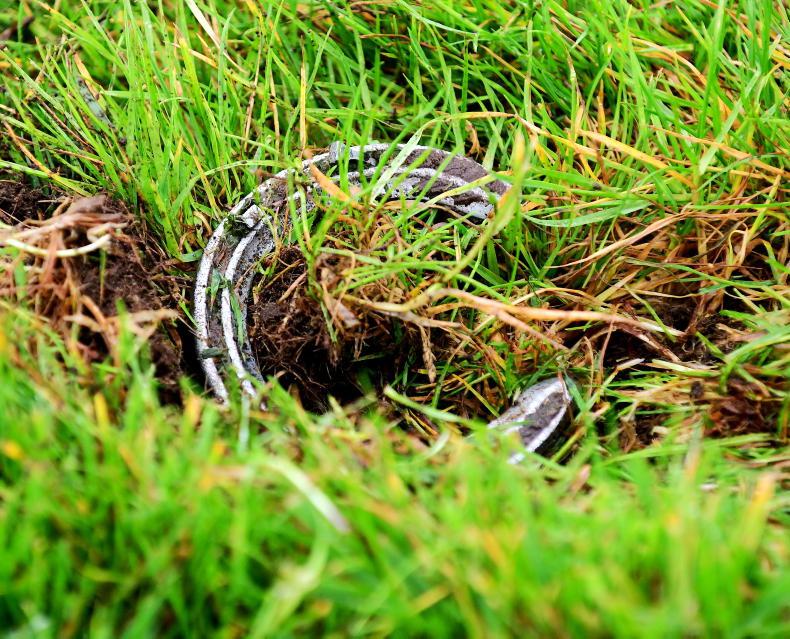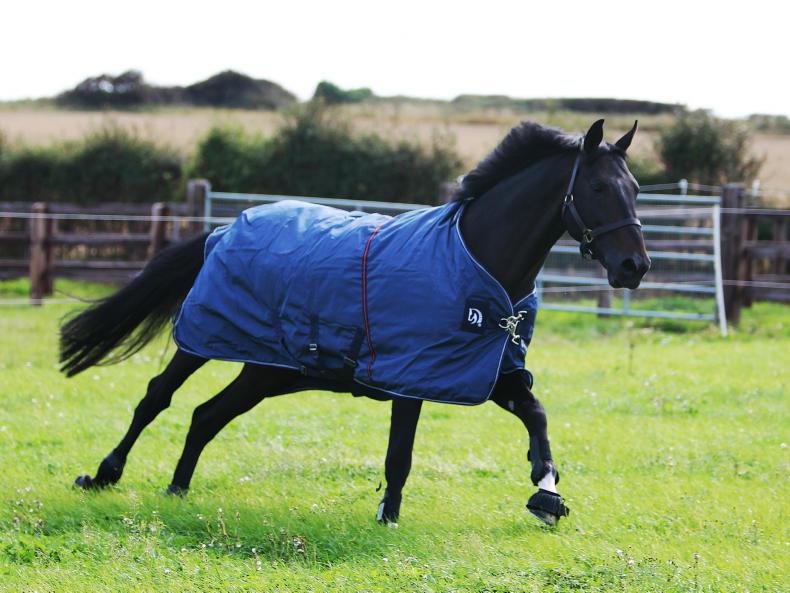TO rug or not to rug? It’s a question we’ve seen debated over and over. It’s spurred memes, magazine articles, and much head-scratching from horse owners. Equestrians fall into one of two camps, with each thinking the other is in the wrong.
So, with winter in full swing, who’s correct: those who rug or those who don’t?
An obesity epidemic
According to this infographic from ExpressVPN, we spend a lot of time on social media. So much so, 86% say it has a direct impact on their happiness, with 100 % of those surveyed having a presence on these platforms.
While social media can have a big impact on our mental health and overall well-being, we don’t just use it as a place to post updates and share pictures. Particularly on Facebook, many use the groups feature to seek opinions, and equestrians are no exception.
As soon as October hits, there’s a topic that’s debated over and over, and that’s rugging. There are several reasons why some equestrians are against it, and foremost among them is its impact on the equine metabolism – or rather, its lack of impact.
That’s because horses are cleverly designed to gain weight during the warmer months when forage is plentiful, and then lose this once the weather cools. As they use calories to keep their core temperature up, they’re likely to slim down and lose those extra summer pounds.
For good doers, in particular, this can be extremely beneficial, reducing the risk of laminitis once spring comes around. In an article published by Horse & Hound, vet Tess Fordham cautioned against the dangers of over-rugging, citing not only the long-term risks of equine obesity but overheating too.
She advised: “A horse should [come] out of winter with his ribs just visible. If we don’t allow them to have this natural weight loss, their hormone levels remain high, and they are much more likely to get laminitis in the spring.”
Some theories have also suggested that preventing these natural fluctuations in weight could go some way toward explaining the increased incidence of metabolic issues in the UK’s equine population.
The argument in favour of rugging
If rugging comes with so many undesirable consequences, though, why do people continue to do it? Most likely, it’s because experienced horse owners understand that every equine is different. While obesity may be prevalent among native ponies and cobs, there are also many horses who struggle to maintain their weight during the winter months.
For these animals, there’s a risk of them going the other way and burning more calories than they can replace while trying to stay warm. This is a particular problem for thinner-skinned horses, animals who are elderly or clipped, and those who are regularly worked and ridden.
According to Ms. Fordham, the best way to gauge what’s right for your horse is to treat it as an individual. Owners should not be pressured by what friends or fellow liveries are doing, nor should they be guided by how cold the temperature feels to them.
That’s because horses have a much wider thermoneutral zone than we do, meaning it has to be significantly colder before the temperature affects them (typically, it would need to be below zero degrees Celsius for a healthy, unclipped horse to feel the chill).
If you’re still not sure which way to lean, Caribu shows us a simple trick: pop your hand behind the horse’s shoulder and see how it feels. If it’s slightly damp, the likelihood is you’re over-rugging; if it’s chilly, you might need to pop on a rug or add a heavier-weight option if the horse is already wearing one.
So, to rug or not to rug? Unfortunately, there’s no easy answer. It all depends on the animal in front of you.


 This is a subscriber-only article
This is a subscriber-only article
 It looks like you're browsing in private mode
It looks like you're browsing in private mode











SHARING OPTIONS: